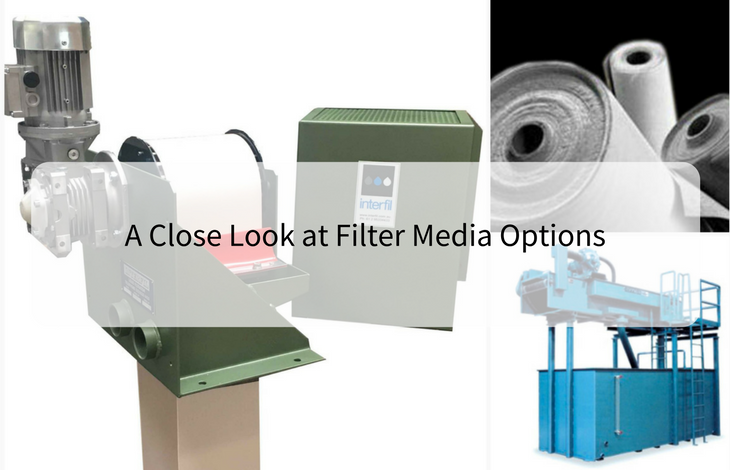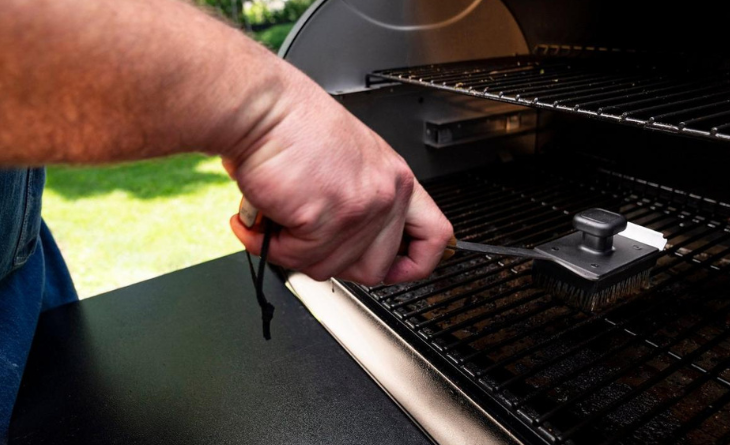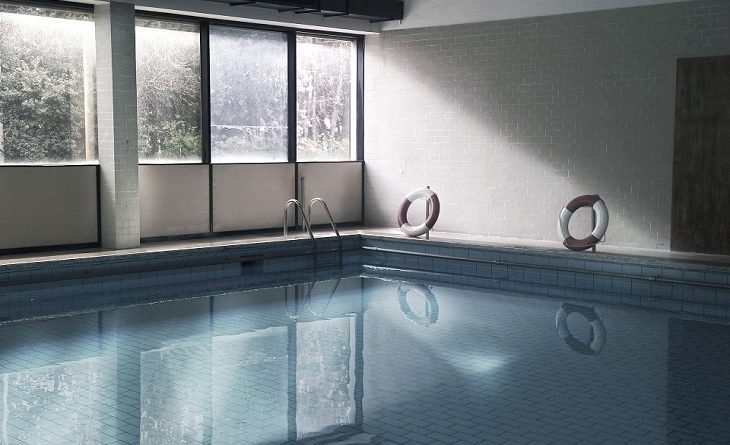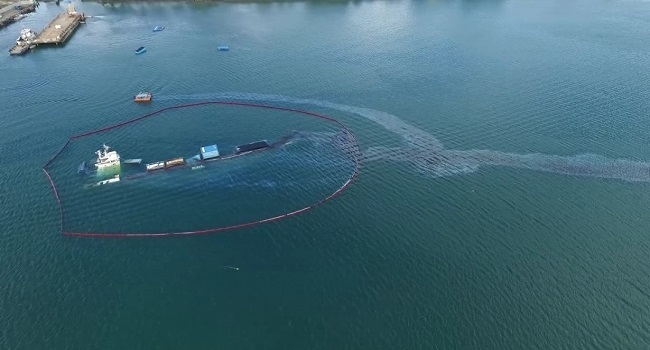
There are many different types of filters, and you use them every day. In fact, you might not even know when you’re using a filter. The most common example is your social filter. The average person realises that they can’t say certain things in front of certain people.
For example, you probably can’t curse in front of your mother, tell dirty jokes in front of your children, or discuss night life in front of your boss. This is your social filter, and it helps you navigate human relationships in relative safety.
In the kitchen, you use a different kind of filter. You probably use a coffee filter every morning as your brew your daily mug of fuel. You might use a cheesecloth or muslin fabric to strain ingredients while you’re cooking. You might even use a sieve to sift flour or get the pips out of your fruit juice, and these are types of filters too.

In the industrial world, there are air filters and liquid filters. Air filters can be used in cars and other machines. There are three main types. The first kind is a fibreglass filter. Fibreglass is the same material that is used to make modern car bodies. When applied in thin layers and reinforced with metal, it makes a good disposable filtration medium.
The second type is a pleated fabric made from polyester. They are finer than fibreglass and more effective. The third option is the HEPA filter. It stands for High Efficiency Particulate Arrestance. It can trap particles as small as 0.3 microns. There’s a fourth kind of air filter that isn’t discussed much because it’s quite rare. This fourth type can be washed and reused. They are used for high volume dust filtration.
Air filters are an essential product in waste disposal. They are usually sold in rolls of 20 metres by 2.1 metres, and the average thickness of an air filter is 20 mm. This width allows for maximum obstruction of dust and other aerosol contaminants.
Liquid filtration media are a little different. They are intended to sift out oil and chemical contaminants, and they can separate particles between 5 microns and 150 microns. Liquid filter usage ranges from cleaning coolant fluid to draining oil vats in commercial fryers. They are also used in milling and machining. They can lap up spilt oil on a garage floor, or they can be installed as a key component in centrifugal vacuum equipment.
Filtration media is made using different materials like polyester, polypropylene, viscose, and nylon. Some of these materials can be used on their own, such as nylon, polypropylene, and polyester. They have strong fibres that can be woven in 100% consistencies. But some filtrations requirements need a mix, so sometimes, polypropylene is combined with polyester to improve efficacy. Viscose can also be blended with polyester for specific functions.
When filtration media is used for spills, a higher, thicker grade is needed. Absorbent filters are between 500mm and 1000mm wide and can soak up to 3 litres of fluid for every square metre of fabric. These absorbent materials are sold in rolls or pads. A pad is a 50 centimetre square piece, and they are sold in packs of a hundred. They are suitable for leaky spots, or for targeted cleaning.
Absorbent rolls are 1 metre wide and can be up to 50 metres long. They can sop up to 150 litres of fluid, so they are useful for large spills and heavy duty cleaning. The roll is easy to tear, so you can rip off the exact size that you need. It absorbs both oil-based and water-based fluids, so it works well on coolant, paint, dye, and ink spills.
When you find yourself in need of a filter, consider the type of air or liquid you’d like to clean. Look around and do a quick online check. You’re sure to find the right fabric to meet your requirements, and if you’re lucky, you might even find a provider that delivers.





